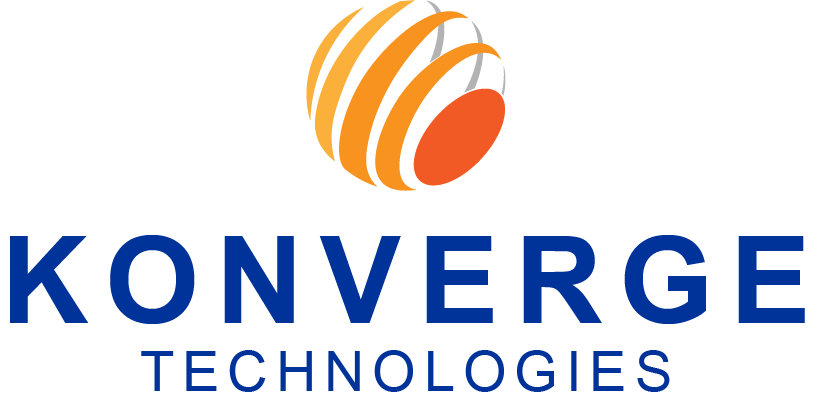
What Is a Next Generation Firewall (NGFW) and How Does It Work?

With the digital landscape constantly evolving, the conventional firewall is no longer sufficient to safeguard enterprise networks from sophisticated cyberattacks. With increasingly complex cyberattacks being launched, organizations require intelligent, more dynamic solutions to protect their infrastructure. And this is where a Next Generation Firewall (NGFW) saves the day.
What Is a Next Generation Firewall?
A next generation firewall is a security appliance that exceeds the functionality of legacy firewalls with the addition of feature-rich elements like deep packet inspection, intrusion prevention systems (IPS), application-level traffic filtering, and awareness of user identities. Such firewalls are not only meant to block unapproved access but also to examine and evaluate traffic at a much deeper level, assisting organizations in identifying and minimizing threats before harm is inflicted.
In contrast to traditional firewalls that were mainly concerned with port and protocol filtering, NGFWs incorporate contextual awareness. This implies that they are able to make decisions based on who the user is, what application is being requested, where the request originated, and how the data is behaving.
Key Features of Next Generation Firewalls
Application Awareness and Control
NGFWs can recognize and govern applications irrespective of the port or protocol utilized. This allows administrators to permit or deny applications such as social media, file sharing, or messaging services based on certain policies.
Intrusion Prevention System (IPS)
Embedded IPS features enable NGFWs to recognize and block recognized threats in real time through traffic inspection for harmful patterns or activities.
Deep Packet Inspection (DPI
In contrast to older firewalls that looked only at headers, NGFWs investigate the whole data packet. This provides improved malware, ransomware, and other threat detection embedded in network traffic.
Identity-Based Policies
NGFWs permit policy enforcement by user identity instead of IP addresses. Support for directory services such as Active Directory allows for customized security controls.
SSL/TLS Inspection
With more encrypted traffic flowing through networks, NGFWs are built to decrypt, scan, and re-encrypt SSL/TLS traffic so that threats aren’t lurking in encrypted sessions.
Advanced Threat Protection
Most NGFWs have integration with sandbox technologies and cloud-delivered threat intelligence services, which allow them to analyze zero-day attacks and unknown malware.
How Does a Next Generation Firewall Work?
Essentially, a next-generation firewall operates by inspecting all traffic coming in and going out in real-time. This is how it generally works:
- Traffic Identification: NGFWs initially identify the application producing traffic based on signatures and behavior monitoring.
- Policy Matching: Having identified the traffic, the firewall then checks against established policies to see if the traffic should be permitted or denied.
- Threat Inspection: Traffic is then inspected for threats by using IPS, DPI, and malware detection.
- Logging and Reporting: Everything is logged and made available via easy-to-use dashboards, providing administrators with insights into threats, user activity, and network traffic.
This multi-stage process ensures that organizations not only block known threats but also detect unusual behavior patterns before they cause harm.
Why Do Organizations Need NGFWs?
With the increasing frequency and sophistication of cyberattacks, the use of conventional firewalls puts organizations at risk. NGFWs are crucial for:
- Shielding against contemporary threats: Sophisticated malware, ransomware, and phishing attacks can readily evade conventional defenses.
- Securing remote workforces: In remote and hybrid work cultures, NGFWs provide safe access to applications and information from anywhere.
- Reaching Regulatory Compliance: Organizations dealing with sensitive information (like finance, health, and government) need to be strictly compliant. NGFWs support compliance requirements through logging, auditing, and fine-grained access controls.
- Enhancing Network Visibility: NGFWs are equipped with real-time analytics and reporting, enabling IT teams with the intelligence necessary to act ahead of security threats.
How Konverge Powers Organizations with Next Generation Firewalls
Konverge provides powerful security solutions that address the needs of contemporary enterprises. With extensive knowledge of network vulnerabilities and developing threat environments, Konverge incorporates next-generation firewall technology into effective security strategies that safeguard businesses end-to-end. Konverge solutions not only identify threats and respond to them quickly but also improve network performance and scalability.
By incorporating next generation firewall as part of a comprehensive security architecture, Konverge assists businesses in staying ahead of the game when it comes to cyber threats without compromising operational efficiency.
Conclusion
With digital threats increasing day by day, deploying a next generation firewall is no longer a choice but a requirement. NGFWs offer the intelligence, flexibility, and depth of protection required to secure today’s enterprise environments.
Konverge, with its track record of expertise in next-generation security and networking solutions, enables enterprises to proactively address cyber threats and keep their networks strong, secure, and future-proof.



